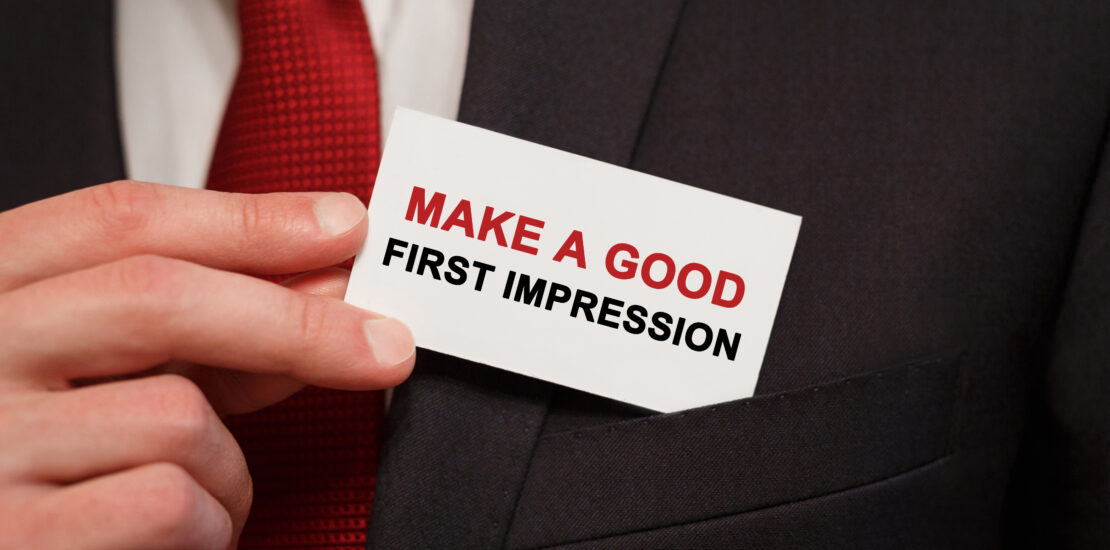objective management group
-
New Data: Will Salespeople Hit Quota When Sales Managers Coach and Sell?
- November 7, 2022
- Posted by: Dave Kurlan
- Category: Understanding the Sales Force

Instead of spending their time on coaching, sales managers are spending too much of their time on personal sales. Sales managers with fewer than 5 salespeople may be required to carry a quota but generally speaking, sales managers are expected to spend no more than 5% of their time selling. OMG’s data shows that the percentage of time that sales managers sell is closer to 13%.
Why do they sell instead of having more coaching conversations? There are several reasons:
-
How Closing a Tough Sale is Nearly Identical to Hitting a Home Run
- August 25, 2022
- Posted by: Dave Kurlan
- Category: Understanding the Sales Force

You’re watching a baseball game on television and the announcer says, “And here’s the pitch and there’s a long drive hit deep to left field and it’s deep, it’s up, it’s way back and GONE!!!!! Home Run Dave Kurlan!” OK, the announcer never said the Dave Kurlan part. Not even close. I was a singles hitter. And I never played at a level that had announcers. So there’s that. For entertainment sake, watch this classic 2-minute clip of Robert Redford as Roy Hobbs hitting the magical home run at the end of the movie, The Natural, one of my all-time favorite baseball movies right up there with The Sandlot and Field of Dreams.
-
Which is Worse – The Boston Red Sox or Your Sales Team?
- August 23, 2022
- Posted by: Dave Kurlan
- Category: Understanding the Sales Force

The construction of the Red Sox roster is simply a Stupid as Shit Strategy or SaSS. Use of the word strategy means that it’s intentional and is a disservice to the word stupid!
Sales team construction usually lacks formal strategy and that suggests something accidental is at play. We tend to see the “we already had these salespeople” and then “these are the new salespeople who were willing to work for us.” New is a relative term as the newest 30% of the team continues to churn when and if they find candidates.
-
Salesenomics – Many Sales Organizations Are Stuck in the 1980’s
- November 22, 2021
- Posted by: Dave Kurlan
- Category: Understanding the Sales Force

When was the last time you saw a black and white television or even a console color TV?
How about an electric typewriter?
Or a car that didn’t have anti-lock brakes?
You would have to return to the 1980’s to see those things and when it comes to their operations, some sales organizations are still in the 1980’s.
For example, check out these statistics from OMG’s evaluations of 30,000 sales teams and more than two million salespeople.
-
Siri Can’t Help You Close the Deal but Doing These Three Things Can!
- August 9, 2021
- Posted by: Dave Kurlan
- Category: Understanding the Sales Force

Sometimes Siri doesn’t actively listen and decides to send you somewhere different from where you asked her to navigate; a different city or town and/or a place that doesn’t sound remotely close to what you asked for. She gets in the way.
So what do you do when Siri isn’t cooperating? Do you give up and wing it? Do you try again? Do you stop navigating with Siri and switch to Google, Waze or your built-in system? Do you persist until you get what you need?
That’s exactly what salespeople are supposed to do. Get creative, be persistent and find a way to reach the decision maker. You do it with Siri, so why don’t you do it when someone in the company won’t introduce you to the decision maker, when they won’t give you the decision maker’s name or when they don’t cooperate? Why do so many salespeople give up and plow forward with the contact they are speaking with right now?
-
How Gas Grills, Gardening, Masks, and Baseball Mimic Your Sales Team
- May 3, 2021
- Posted by: Dave Kurlan
- Category: Understanding the Sales Force

My project corresponds so well with how many executives approach their sales teams.
They do nothing for years, and then, after growing frustrated with complacency and inability to grow revenue, finally decide to make changes and rebuild their sales teams.
-
New Data Shows That Top Salespeople are 2800% Better at Disrupting the Flow
- September 18, 2019
- Posted by: Dave Kurlan
- Category: Understanding the Sales Force

Fish, rafts, kayaks, canoes, sailboats and swimmers all find much more success when they are moving with the wind or the current rather than going against it.
Unfortunately, the same isn’t necessarily true in sales.
-
How to Transform Your Sales Pipeline Today
- July 8, 2019
- Posted by: Dave Kurlan
- Category: Understanding the Sales Force

Flower gardens can be large, colorful, impressive and calming to look at. Unfortunately, most sales pipelines are full of weeds, not large enough, and certainly not impressive. From its evaluations and assessments of 1,875,978 salespeople, Objective Management Group (OMG) has found that only 46% of all salespeople maintain a full pipeline. It breaks down as follows:
-
Your Last Chance to Make a Good First Impression
- June 14, 2019
- Posted by: Dave Kurlan
- Category: Understanding the Sales Force

Most salespeople don’t take first impressions seriously enough. If they did, their first impressions would be much more favorable.
I can still remember my first (unintentional) lesson about first impressions. My family was gathered at my grandfather’s house to watch the debut of the Beatles on The Ed Sullivan show. It was February 9, 1964 and at 8 years old, I was one of seventy-three million people watching the show that night. I was as excited about this show as I would be later that same year when I attended my first Red Sox baseball game at Fenway Park. That is pretty excited!
Sitting on the carpet, I was completely focused on seeing and hearing The Beatles play five of their hit songs, but my mother was doing color commentary from the plastic covered sofa behind me.
She said, “He’s cleaner than the other 3”, referring to Paul McCartney, who had straighter teeth, and a face more suitable for the mop top hair style shared by the four of them.
There it was, my first lesson in judging people by how they looked, and more specifically, what “clean” did and did not look like.
-
Do the Best Sales Managers Have the Best Salespeople?
- August 27, 2018
- Posted by: Dave Kurlan
- Category: Understanding the Sales Force

We all see the effects that strong leaders have when they surround themselves with either strong, mediocre or weak people. What happens when strong leaders inherit a mixed team? What happens when they hire a mixed team? What happens when we ask the same questions about weak leaders?
I dug into a subset of data from Objective Management Group’s (OMG) evaluations of the salespeople who report to more than 15,000 sales managers to determine whether the best sales managers actually have the best salespeople. I was surprised and disappointed by what I found. Check this out!

